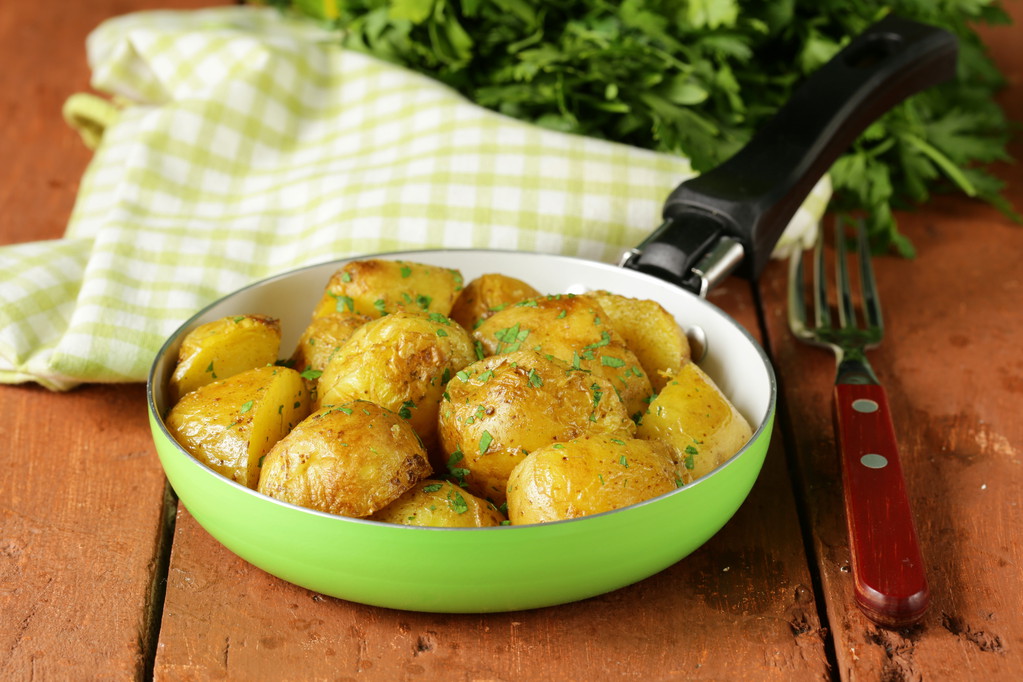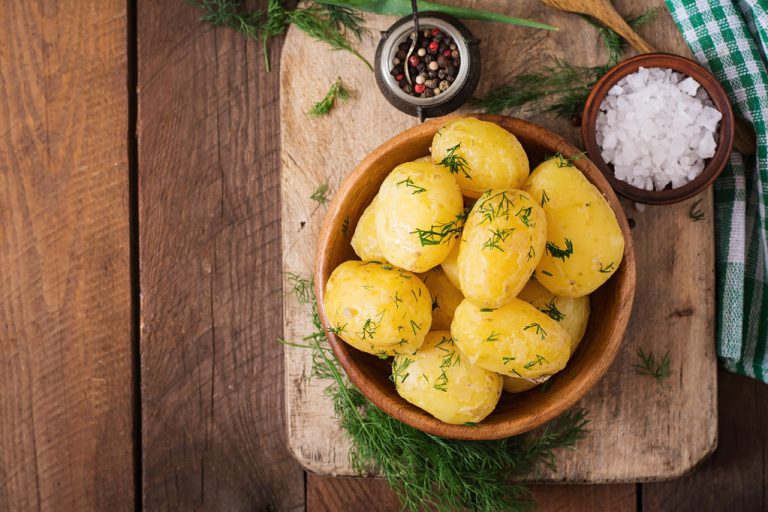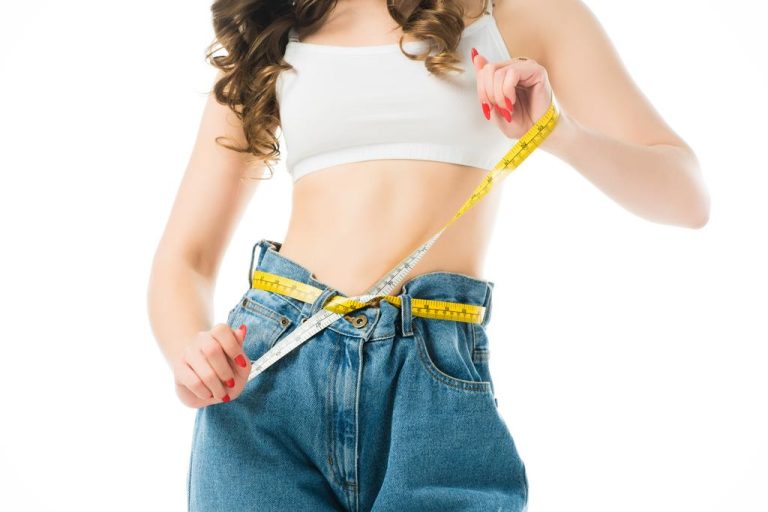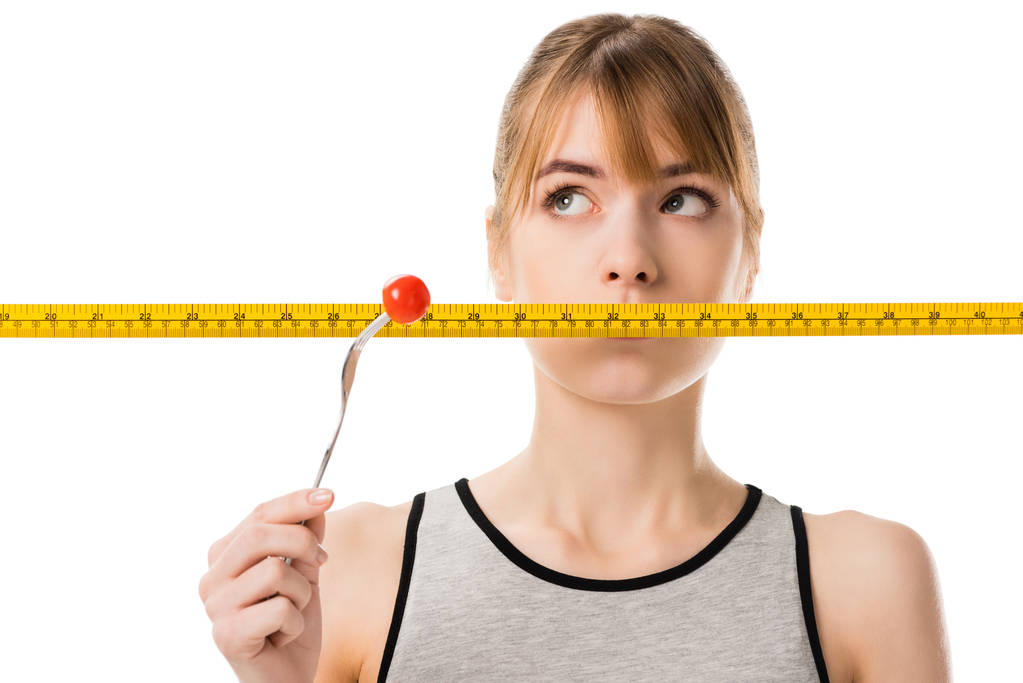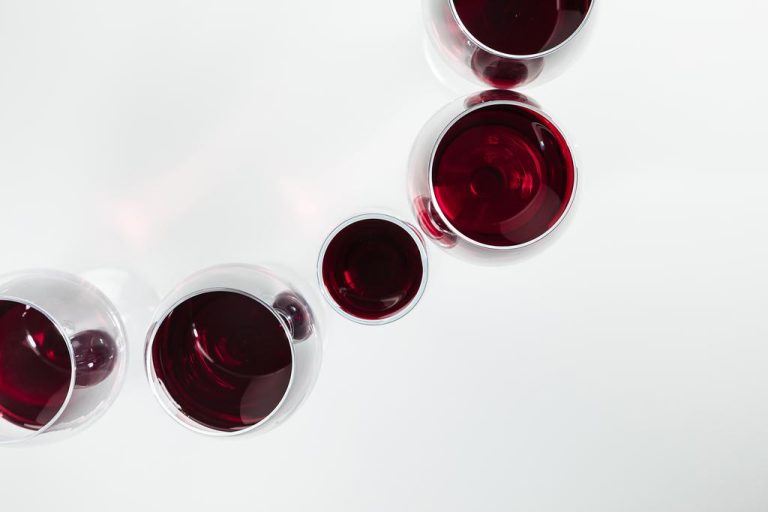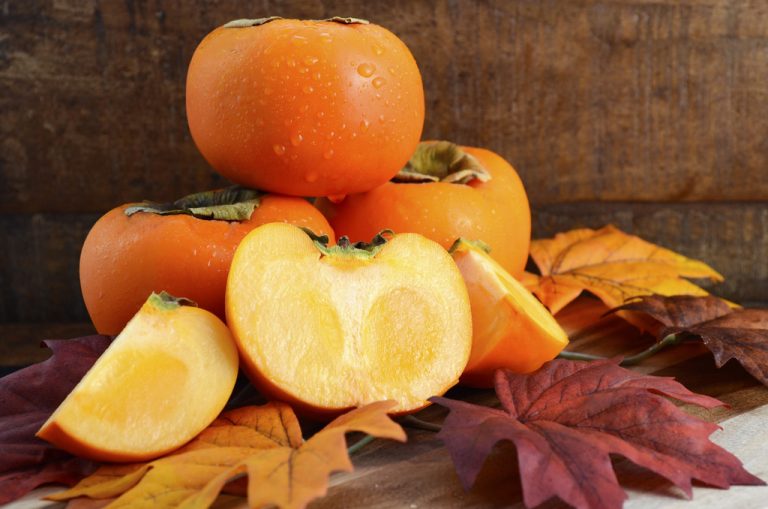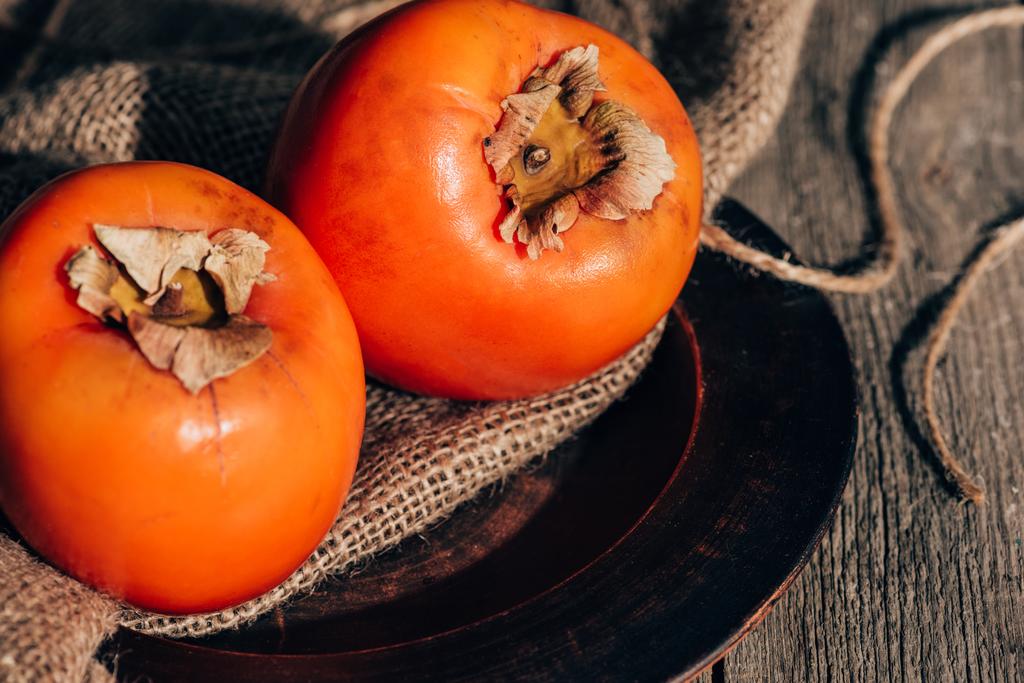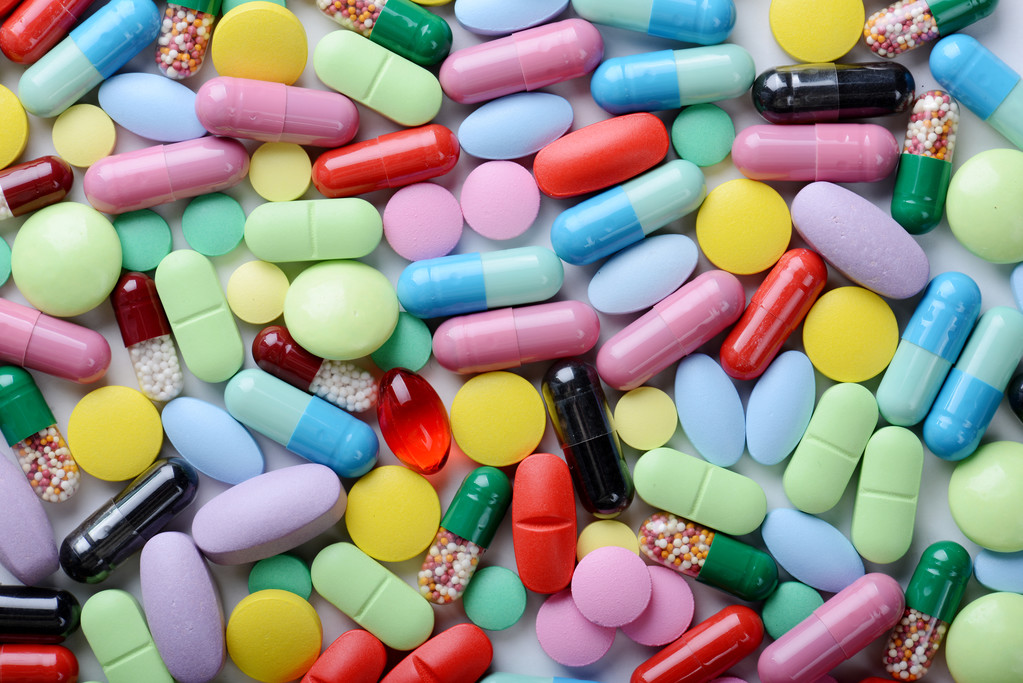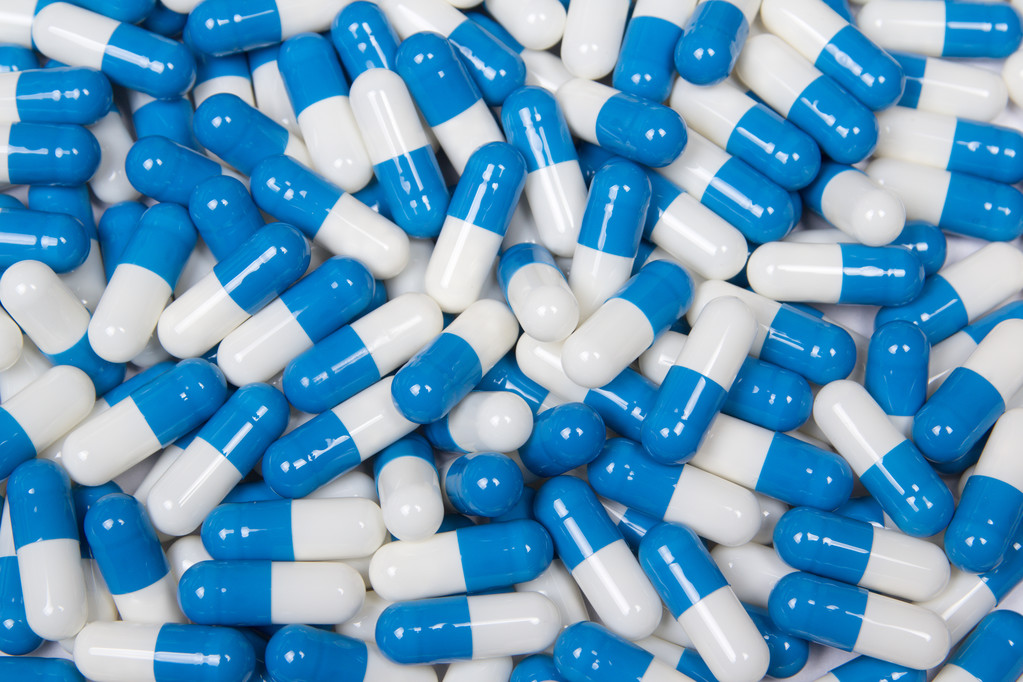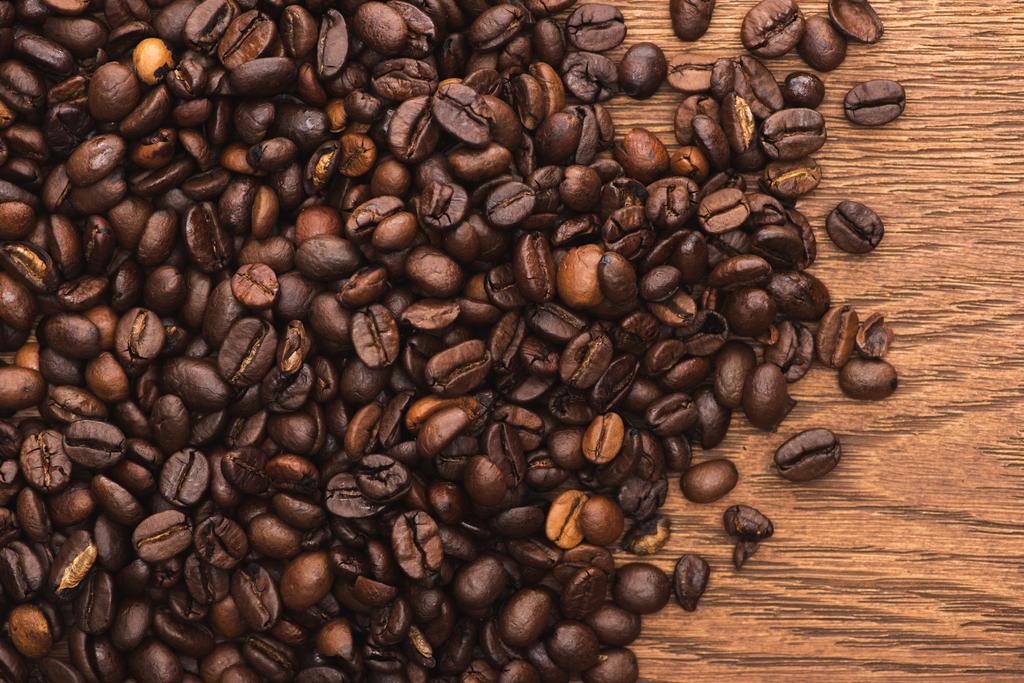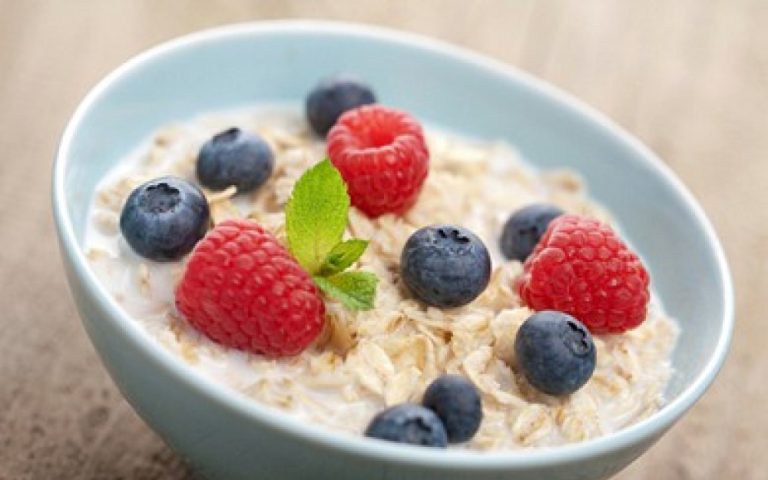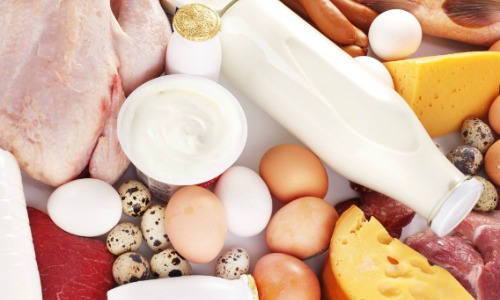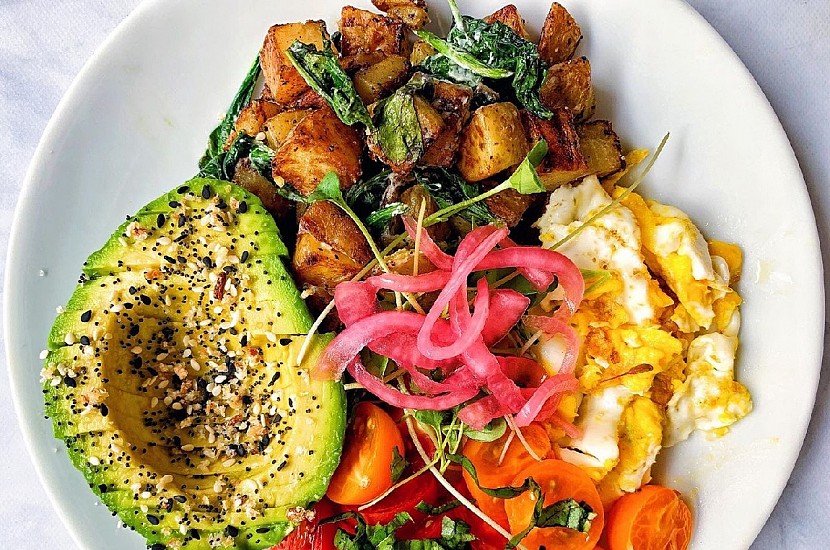Making wine yourself is the dream of many wine lovers. We give you an overview of the basic principles, the accessories and the fermentation methods to make wine yourself.
You can make your own wine from many different fruits. We are particularly familiar with wine made from grapes – in other regions and countries, on the other hand, wine made from apples, berries, cherries or even bananas. However, the basic principle of fermentation is the same: yeasts convert the sugar from the fruit into alcohol.
Make your own wine: mash fermentation or juice fermentation?
Basically, you can distinguish between two methods to make wine yourself: mash fermentation and juice fermentation.
During mash fermentation, you mash or puree the fruit and ferment it whole. Since the color of red grapes is mainly contained in the skin, you get red wine in this way (this does not apply to white grapes, of course). The mash fermentation is considered to be a little easier, and more aromas develop.
For juice fermentation, you squeeze the fruit and only ferment the juice. This is how bright and clear wines are created.
You can also first puree or mash the fruit into the fermentation balloon, squeeze out the juice after a few hours and ferment it. Then you get a rosé.
Make sweet or dry wine yourself
Whether a wine is sweet, semi-dry or dry depends on its sugar content. Since this decreases in the course of fermentation, a sweet wine is less fermented than a dry wine. Accordingly, you can make a sweet wine yourself by interrupting the fermentation process prematurely.
Making wine yourself: important accessories
Without the right accessories, it is relatively difficult to make wine yourself. If you have a few tools, it’s not that complicated.
These are the most important tools for winemaking:
Perhaps the most important tool for fermenting wine is a fermentation balloon, preferably made of glass. The jar should have a matching lid and fermentation attachment. The latter ensures that no air gets inside. To do this, the fermentation attachment allows CO2 to escape, which forms during alcoholic fermentation.
a suction hose or similar to be able to fill the wine out of the fermentation balloon
a scale that is as accurate as possible
a vinometer to measure the alcohol content of the wine (you often get it with the fermentation balloon)
a clean cloth for filtering
large bowls to prepare the fruit or decant the wine. Make sure that these are not made of metal so as not to affect the taste of the wine.
Tip: If you want to make wine yourself, you will not only find fermentation balloons on the Internet, but also complete starter kits.
Making wine yourself: The difficult selection of ingredients
The most important ingredient in wine is the fruit. No matter which fruit you use – they should be fresh, fully ripe and unsprayed. Consequently, freshly harvested organic fruits from the region are ideal for your wine. If you have the right conditions, you can also plant your own grapes.
If you are very puristic, the fruits are almost enough. All you have to do is add a bit of natural yeast and you’re ready to make natural wine yourself. However, even experienced winemakers find this difficult because fermentation with natural yeast is difficult to control. In addition, natural wine has a different taste than conventional wine.
Making wine yourself: these are the steps
Here you will find an initial overview of the stages that await you if you want to make wine yourself. If you actually plan to make wine, you can take a class or use detailed instructions from the internet or books. For the sake of simplicity, these instructions refer to grapes.
Sort the grapes and clean them, washing is not absolutely necessary. Do this very carefully so that no bad grapes spoil the wine afterwards. Important: If possible, do not let the grapes come into contact with metal, as this can change the taste.
Must fermentation or juice fermentation? For a mash fermentation you mash or puree the fruit, for a juice fermentation you squeeze them.
Depending on the recipe, add sugar, yeast and, if necessary, acid or lime to the mash or juice. Note: You can also add the sugar gradually, then there will be a little more alcohol at the end because the yeast can work more efficiently. However, it is easier to add all the sugar at once.
Fill the fermentation balloon with mash or juice, but no more than halfway! As soon as fermentation begins, CO2 is produced. The liquid will begin to bubble and sometimes overflow.
Place the fermentation balloon in a quiet place that has a temperature between 18 and 20 degrees Celsius all the time. After a few days, fermentation begins – the mixture bubbles.
If the fermentation is in full swing, you can also put the fermentation balloon in a cooler place. This slows down the fermentation.
After two to four weeks, there are hardly any bubbles left – the wine is ready. Now all you have to do is filter and bottle the wine. Note: If you have started mash fermentation, you can press out the juice after a few days and continue fermenting it. The longer the juice is in contact with the skin of the grapes, the darker the wine will be.
Important note on making wine yourself
Finally, the most important things to keep in mind when making wine:
Keep all your utensils very clean. This is how you prevent unwanted substances from getting into the wine.
Do not use metal accessories.
Follow the quantities exactly.
The first home-made wine may still taste a bit unusual. However, if you keep trying and adjusting your recipe, you’ll soon get satisfying results. It is best to start with a smaller amount of fruit.

